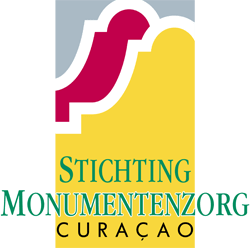The Caribbean islands within the Kingdom of the Netherlands are shaped by a shared history and cultural influences. In many ways, the islands are more similar than different.
Much information has been written about this shared heritage over the centuries, from dry accounts through the colonial lens in the nineteenth century to modern curricula developed on the islands themselves in more recent years.
In order to promote knowledge exchange between the islands and the findability of information, teaching materials and activities in the field of Dutch-Caribbean heritage, the Stichting Monumentenzorg Curaçao has taken the initiative to develop a search engine. Together with partners on all six islands, the goal is to offer the most complete inventory possible in the field of heritage in the broadest sense of the word.
Information
Under the heading ‘information’ you can find publications, links to specific databases, websites of heritage institutions on the islands and more. You can select the publication language, type of publication, the subject and the area/island the information is about. Whether you are doing research, preparing a speech or want to know more about the island you are going to visit, you can find the information you are looking for here.
Education
In 2017, an inventory was made of teaching materials and programs in the field of built and archaeological heritage on Curaçao, commissioned by the Curaçao National Commission for UNESCO. One of the main recommendations was to set up a digital platform to increase the findability of these materials. This part of the website not only shares existing teaching programs, but also gives education professionals from the different islands the opportunity to share the materials they have developed themselves with a wider audience of teachers. In this way, teachers across the six islands can build on each other’s information and methods in order to transfer the necessary knowledge in the classroom.
Activities
A wide range of cultural and heritage related activities are offered on all islands. These activities can be of a purely informative nature, such as a lecture or guided tour, or can be of a festive nature, with celebrations with their roots in the cultural heritage of the islands in the spotlight.
Broadly based
All heritage organisations and education/heritage professionals on the islands can contribute to supplementing and validating the information. To contribute as a partner to the completeness of the information, you can send an email to info@dutchcaribbeanheritage.org. Herens/cia | Erfgoed | Heritage is made possible by, among others, Cultuurfonds Caribisch Gebied, Mondriaan Fonds and UNESCO Participation Programme.
![SMC002-FD-LOGO-500px-[ANI]](https://dutchcaribbeanheritage.org/wp-content/uploads/sites/2/2024/04/SMC002-FD-LOGO-500px-ANI.gif)
